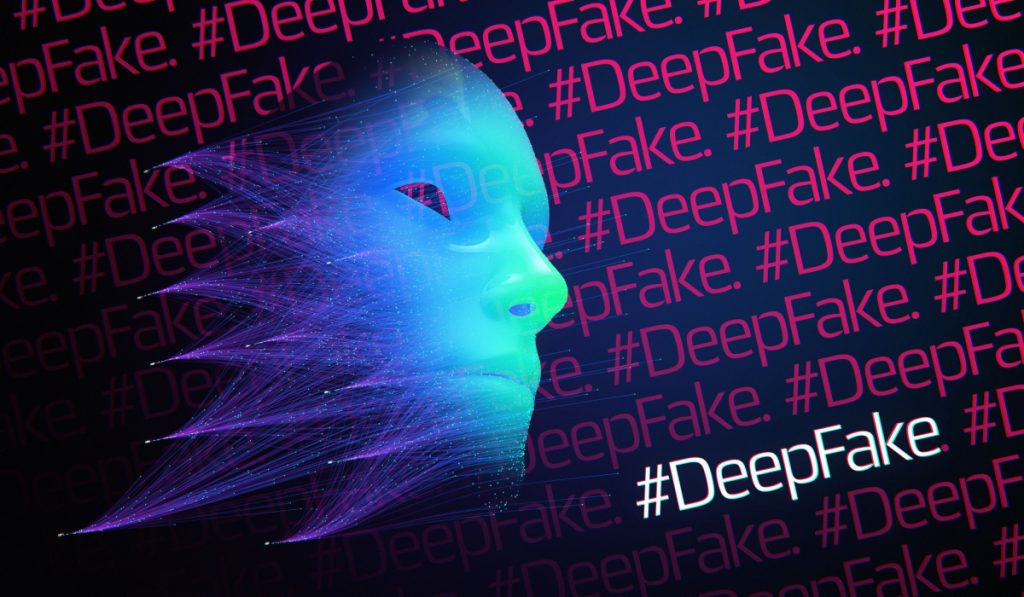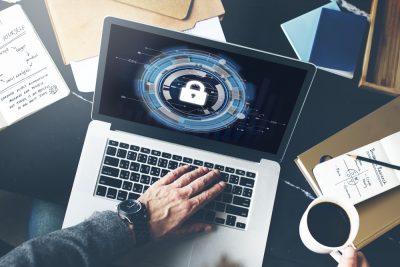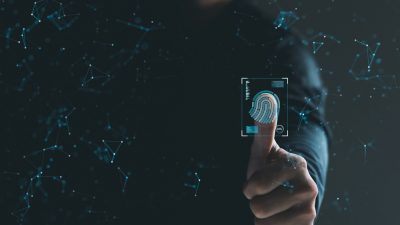Highlights:
- Deepfakes are a form of Artificial Intelligence (AI) powered media that can depict a person saying something even though they aren’t.
- The FBI has lately brought attention to a growing trend induced by the adoption of remote work in which bad actors employ deepfakes to masquerade as interviewees for jobs in American companies.
Suppose the ongoing fight against ransomware wasn’t challenging enough for security teams to be on their toes. In that case, another challenge of securing the infinitely expanding galaxy of cloud computing or the Internet of Things is the new horizon of obstacles called Imposters or Deepfakes.
Let’s click that refresh button to understand what Deepfakes is and why it is becoming a problem for individuals and businesses.
Deepfakes are a form of Artificial Intelligence (AI) powered media that can depict a person saying something even though they aren’t. This AI-powered media does not just stop at an individual voice but can generate authentic visuals and diverge from reality.
The FBI has lately brought attention to a growing trend induced by the adoption of remote work in which cyber criminals employ deepfakes to masquerade as interviewees for jobs in American companies. This tendency is triggered by the rise in the popularity of remote work. These bad actors hijacked the identities of United States people to obtain access to company systems. The consequences for corporate espionage and security could not be any more significant.
Now that we’ve had a run through what Deepfakes are, let us explore the various types:
1. Textual deepfakes: It was believed that machines couldn’t be assigned creative projects like drawing or writing in the early stages of Machine Learning (ML) and the Natural Language Process (NLP). Fast forward to 2022, when the best AI-generated writing can now compose human-looking pith and clarity. Thanks to the strong language models and libraries developed over decades by the incremental labor of scholars and data science specialists.
2. Deepfake video: The primary weapon deepfake criminals use is the creation of videos and fake photographs. Considering that we live in the omnipresent social media world, photos and videos explain stories and incidents better than regular text, which makes it the most used type of Deepfake.
3. Deepfake audio: Photos, videos, and texts aren’t the only things that artificial intelligence and neural networks can do. They can even clone a human voice. All it requires is a data repository containing an audio clip of the individual whose voice must be mimicked. Deepfake can learn from the data collected and can be replicated.
4. Deepfakes on social media: You can use deepfake innovation by creating blogs or stories to build a fake profile on the internet that would be tough for a user to spot.
5. Real-time or live deepfakes: Remarkably sophisticated deepfake technology is used by businesses to manufacture identical advertisements, by governments to resemble political opponents, and by hackers to duplicate user voices to bypass voice-based verification.
Three ways to protect your business
How can your company combat the rising use of deepfakes even if the technology powering them grows even more powerful? Here are three ways to mitigate security risks:
1. Verify authenticity: Deepfakes are made by collecting a person’s identifying information, such as their photographs and ID information, and then using an artificial intelligence engine to build a digital likeness of the stolen person. Malicious actors frequently use pre-existing video, audio, and visual content to imitate the voice and mannerisms of their victims.
This can be avoided by asking candidates to display proof of official identification, record video interviews, or ask them to visit the company at least once. You also can send a picture of the application to the authorities and ask them to confirm whether they are familiar with that individual. Engage with the reference in conversation on a business or official forum to verify their credentials.
2. Fight fire with fire: Deepfake is a system that mimics the behaviors and mannerisms of a person by utilizing Deep Learning (DL) algorithms. The product can give you chills. When only a few data points are provided, AI can create animated images and films of humans that appear to be very lifelike.
Although analog approaches can counter deepfakes, doing so takes time. Utilizing technology like synthetic data against deepfake use cases is one strategy that can be used to detect deep fakes swiftly.
3. Accelerate digital transformation and education: Deepfakes can be combated by businesses hastening their adoption of digital postures and teaching personnel the most effective procedures.
For instance, employees will benefit from deepfake awareness because it will assist them in analyzing and comprehending the material. Any information circulating in the public sphere that appears to be ludicrous or out of proportion can be criticized immediately. With the use of deepfake threats, businesses may build procedures to verify employees’ identities when working remotely and be assured that their workers will follow the guidelines.
In conclusion,
The harmful effects of a deepfake attack are currently a major concern for governments and businesses worldwide. As a result, it’s highly advised that a foolproof and robust security mechanism be put in place. Companies can effectively fight against the numerous threat actors by adhering to deepfake fraud prevention best practices and maintaining a robust digital hygiene policy. Finally, it’s crucial to inform people (or your staff) about the subtle effects of a deepfake attack and the best ways to protect against them.














